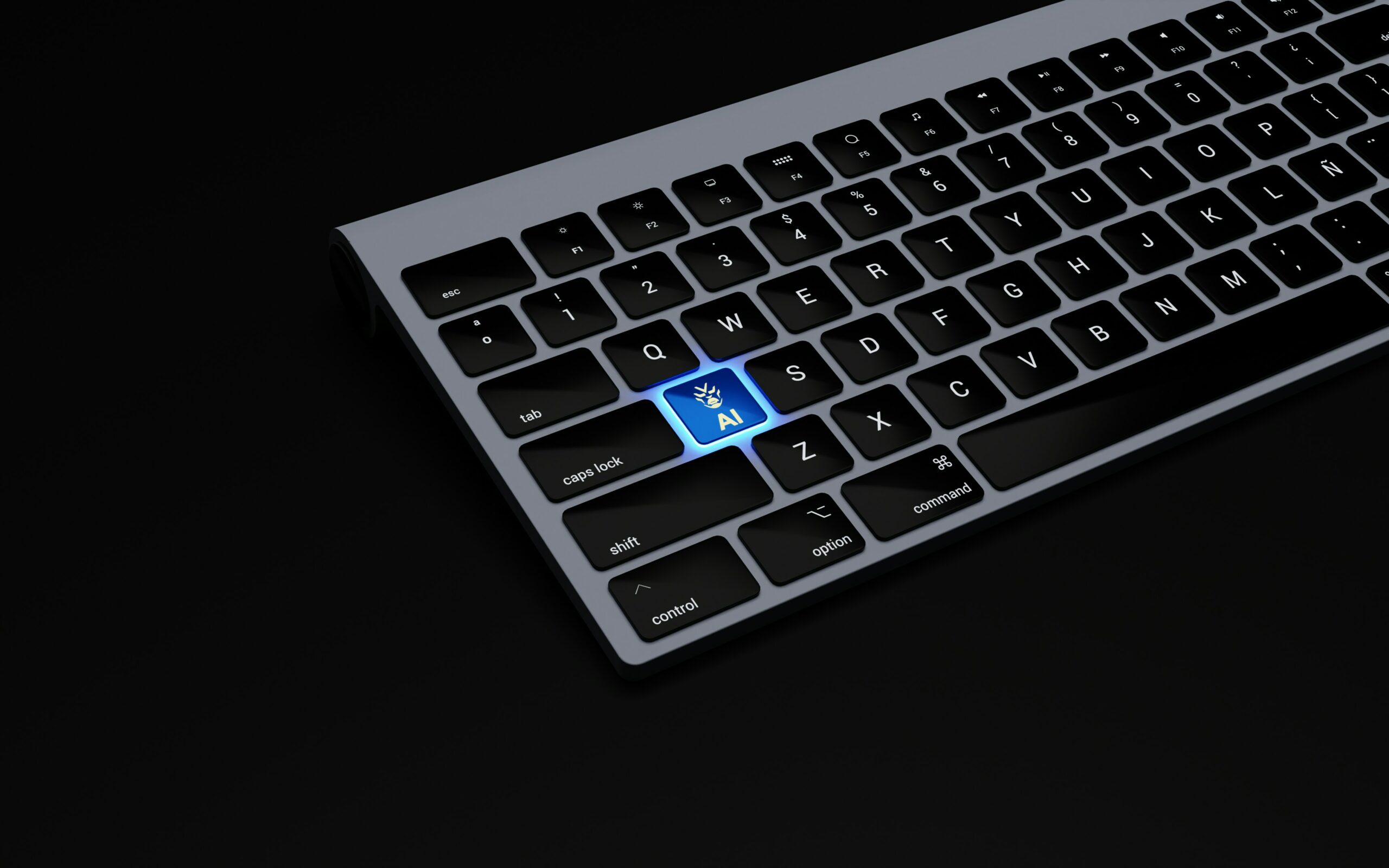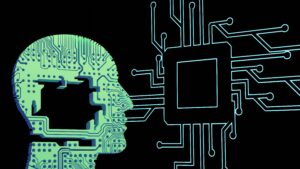AI driven automation is quickly changing workplaces around the world. It helps companies get work done faster, saves money, and makes jobs easier. But many people worry it might take away jobs, too.
How AI Driven Automation Is Changing the Workplace in 2025
AI driven automation means computers and smart machines do tasks without human help. In workplaces, AI is now used for emails, scheduling, customer help, and other repeated tasks. Here are some big numbers showing how it’s happening now:
-
- Almost all companies (99%) are putting money into AI, but only 1% say they fully know how to use it
-
- By 2025, about 25% of current work tasks could be done entirely by AI
-
- Up to 300 million jobs worldwide might be gone because AI can do them more cheaply and quickly
-
- At the same time, AI is expected to help create 11 million new jobs because new skills and roles emerge
-
- Around 20 million workers worldwide will need to learn new skills by 2028 because of AI
AI's Impact on the Global Workforce by 2025
Highlights
- Jobs at Risk: Up to 300 million jobs worldwide could be impacted by AI automation.
- New Opportunities: AI is expected to create 11 million new jobs, highlighting a significant transition in the job market.
- Reskilling Needed: Approximately 20 million workers will need to learn new skills by 2028.
- Work Transformation: About 25% of current work tasks could be fully automated by AI by 2025.
AI at Work: 3 Real Life Examples
Do you wonder what AI looks like in workplaces right now? Let’s look at three examples:
1. Helping New Employees Learn Fast
Companies like Deloitte use AI robots to train new employees. Instead of leaders spending hours teaching new team members, AI helpers answer questions and explain tasks clearly. Companies say they save time, workers feel more confident, and training becomes faster and cheaper.
What employees say about this:
-
- “With AI training robots, I learned my job quicker and better“
-
- “Now I don’t have to feel shy or wait long for help. AI explains everything clearly“
2. Quickly Analyzing Customer Reviews
A recent YouTube video showed how AI helps businesses with customer feedback. Before AI, people spent days reading hundreds of customer reviews from Google Forms. Now, AI helps:
-
- Automatically read and sort thousands of customer reviews
-
- Create easy to read reports about customer feelings and complaints
-
- Instantly share insights with the team in clear spreadsheets
Customers say this saves lots of time and helps improve their products faster. Here’s what they shared:
-
- “What used to take days of work, now takes hours with AI.“
-
- “We can respond faster and better understand what customers really want.“
Here is a quick table showing before and after AI results for customer review work:
| Task | Time (Before AI) | Time (AI-Enabled) | Result |
|---|---|---|---|
| Reading Customer Reviews | 4-7 days | 2-4 hours | Faster product updates |
| Report Creation | 1 day | 5-10 minutes | Quick, clear insights |
| Sharing results | 1/2 day | Instant | Better team response |
3. Changing Entry Level Jobs Forever
AI automation affects new job roles strongly. Entry level tasks, like data entry or basic customer service, are often done by AI robots in 2025. This means fewer entry level jobs but more opportunities to learn new and interesting skills as technology helpers.
The World Economic Forum says younger workers (ages 18–24) are worried the most:
-
- Young workers are 129% more worried about job loss to AI than older workers (65+)
-
- About 40% of companies plan fewer hires for roles that AI can cover
But there’s good news, too. AI is creating roles where workers use more creativity, planning, and leadership skills, with good pay and exciting tasks.
Biggest Benefits of AI Automation in the Workplace Today
Let’s focus on the bright side. AI driven automation is helping businesses become stronger and workplaces happier right now. Here are some of the biggest benefits reported:
Higher Productivity
Companies using AI automation say they get much more done in less time. Counting up numbers from real companies, productivity rises around 20-30%, because AI handles boring, repeated tasks.
Saving Money for Companies
AI solutions save companies money by doing tasks cheaply and correctly every single time. Real workplaces save around 15-25% in running costs by using AI for tasks like scheduling, reviewing customer feedback, and basic reporting.
Happier Workers
Believe it or not, workers are happier when AI helpers handle tiring tasks. Workers become more creative, can learn valuable skills, and feel more useful overall. They say:
-
- “I feel more excited about working because AI takes care of boring, repeated jobs.“
-
- “Now, I get to use more thinking and problem-solving. It feels great!“
Faster Decisions & Better Customer Support
AI is really good at quickly finding important patterns like customer feedback or company data. It helps managers make better decisions faster, making customers happier and teams more responsive.
Concerns and Challenges: The Real Worries about AI Automation
AI automation isn’t perfect. It’s important to know the three biggest challenges companies and workers face right now:
Job Loss
-
- Around 30% of workers worry that AI might replace their jobs by 2025
-
- Up to 300 million jobs worldwide might disappear or change by 2025 because of AI automating certain tasks
Need for New Skills Training
To keep working and earning good money, millions of workers worldwide have to learn new skills. Older and younger workers must learn how to work with AI tools or move into new roles.
Ethical and Fairness Concerns
Sometimes, AI can make unfair decisions or mistakes because they’re trained on incorrect or incomplete data. Companies must watch carefully to make sure AI stays fair and good for people.
Getting Ready: How Companies and Workers Can Adapt
AI automation is powerful, and adapting quickly can make it easy and less stressful. Here are some steps everyone can follow:
Companies:
- Offer free and easy training about AI tools for current staff – this has been reported as a great incentive for employees to engage.
- Clearly explain that AI is here to help, not harm. Be open and honest about jobs at risk.
- Test AI solutions carefully first in simple tasks before bigger use cases.
Workers:
- Stay curious. Learn new AI tools and skills.
- Find easy online courses to gain skills like managing AI helpers/assistants.
- Talk openly with your manager or team about your hopes or worries about AI.
Future Outlook: Jobs and AI after 2025
The next ten years will likely bring even smarter AI solutions to workplaces. AI might soon help more deeply with tasks like creative writing, design, or advanced teaching. Workers who keep learning new skills will have many work opportunities ahead.
To close…
AI driven automation can improve workplaces but also bring challenges by changing job roles. Remember these key actions:-
- Companies: Train your employees early, clearly communicate about AI use, and test gradually.
-
- Workers: Keep learning new skills, ask questions, and talk openly about hopes and fears.
-
- Everyone: Stay informed about AI changes with free tools. There are plenty! YouTube, online reports, and simple Google Alerts.
Following these steps will make the journey toward workplaces powered by AI easier, safer, and better for everyone.




